6. Terminator: Salvation (2009)
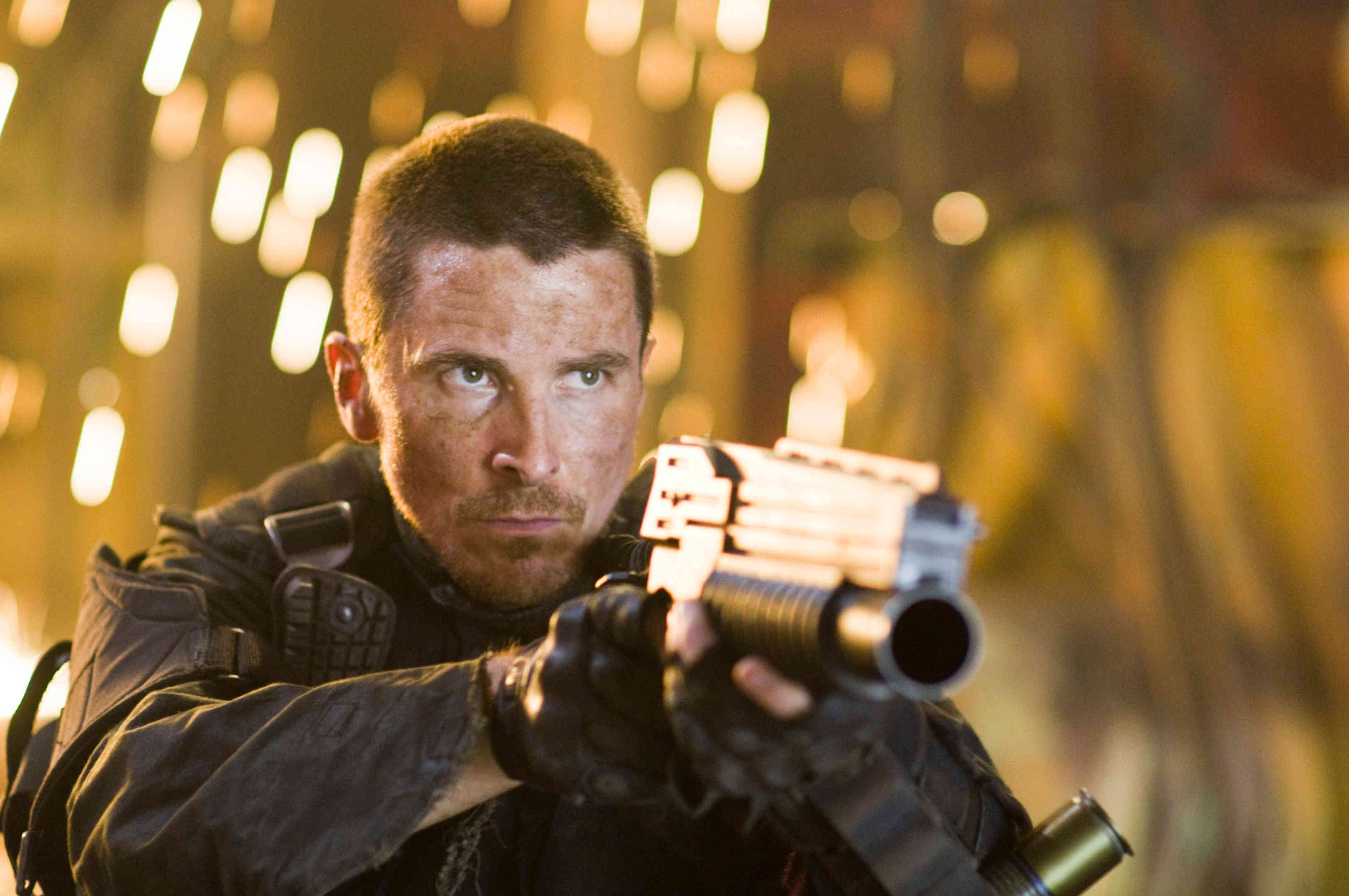
The first and only film in the history of the Terminator film series, not having Arnold Schwarzenegger as the lead, is Terminator Salvation. As the Governor of California, Arnold had little time to devote to the shoot of a new Terminator film, but the producers decided to keep the franchise running.
It proves the theory of careless Hollywood executives, who only care about the box office money, and doesn’t think twice before excluding the lifeline of the series. This film also had witnessed a huge legal turmoil regarding the film rights of the franchise.
Nonetheless, the film ultimately got made, and Without the presence of Arnold, the dramatic edge was lost and the story felt too robotic. The whole army led by Christian Bale and Sam Worthington couldn’t make up the leave of Arnold Schwarzenegger.
A big focal point of the earlier Terminator films was the time-traveling adventures, which were trimmed down from the film to establish its post-apocalyptic vision, which only appeared occasionally before. It was more concerned with the politics of the human fate and conspiracy governments than the original films, albeit it was much-needed in the film to mask the absence of Arnold.
7. Cube 2: Hypercube (2002)
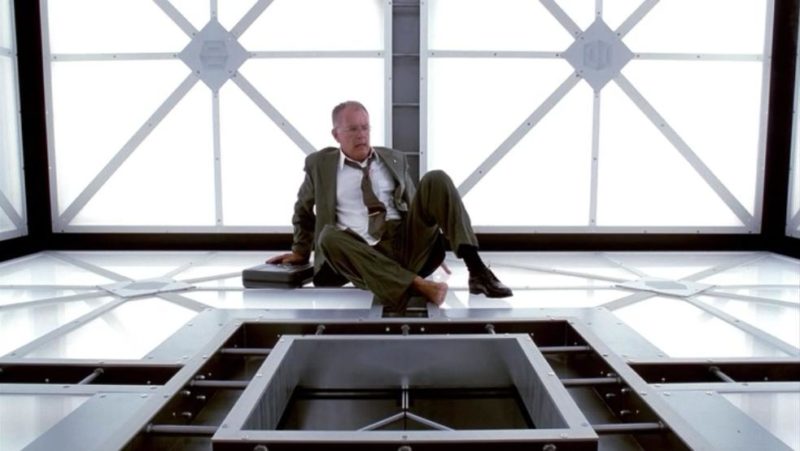
Cube was a Kafkaesque maze, most concerned with the philosophies of human genesis. Oppositely, The sequel Cube 2: Hypercube was a straightforward science fiction horror film, interested in captivating the pulse of the audience with lots of gore and imposed reality in each different chambers, following the footsteps of the original film. The thing, that the sequel was unable to reproduce, was the philosophical question imposed in the first film, about the purpose of the human race on earth.
The performances are also mediocre this time and the drama doesn’t hold up other than the occasional thrills presented in the form of new chambers. This film can be enjoyed at its best akin to a B-movie, whereas the first one was a quality sci-fi horror exercise, with lots of philosophical subtexts interwoven in it. In these ways, these two films are extremely different from each other.
8. Halloween III: Season of The Witch (1982)
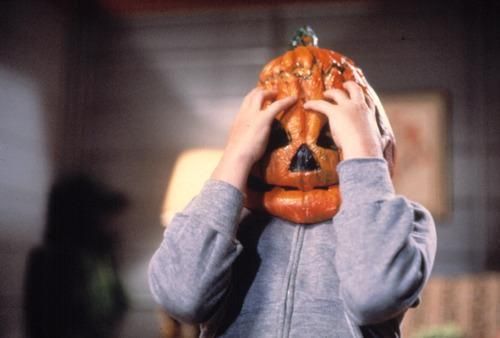
Halloween was a game-changing slasher thriller, released some eighteen years after the success of another influential slasher thriller of its stature, the iconic “Psycho” by Alfred Hitchcock. In the history of the slasher films, the first two contenders to influence the later day influx will always be “Psycho” and “Halloween”.
Made by John Carpenter in a shoestring budget, with a definitive presence of the John Williams chilling score, Halloween was moderately well-received by the critics and prophesied a cult film, which can be verified by the several pop culture references present today.“Halloween” revolved around the legend of Michael Myers, a sociopath, who was institutionalized after being caught in the act of murdering his own sister, and later fled the institution to terrorize the residents of his old town.
A short summary of the two films quickly suggests the apparent differences in it. In “Halloween iii: Season of The Witch”, The Michael Myers legend of the first two Halloween films is totally abandoned in favor of a sci-fi conspiracy film.
Here, Conal Cochran, makes Halloween themed masks and when children bought the masks and watch the television wearing them, a signal on the implanted microchip electrocute them and the dead body is sacrificed for the old gods and made into an android. As the initial critical reception was lukewarm, the plan to make an anthology film around the Halloween theme, was quickly abandoned and Michael Myers was returned, in the subsequent films.
9. American Psycho 2 (2002)
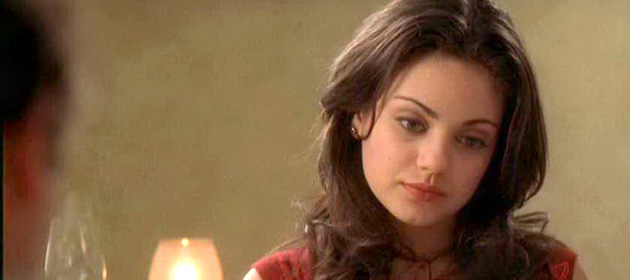
American Psycho was a dark comedy horror film, aimed to disintegrate the frequently expressed American Dream from the cultural realm. It criticized the falseness and artificiality of the new America with razor-sharp black humor, and the portrayal of Patrick Bateman as a violent outcry to its opposition hidden in plain sight was highly praised.
The sequel was a direct-to-video release, titled “American Psycho 2”.It was one of the examples where the film was initially being developed independently without any direct connection to the American psycho series and later bought by the producers and released as a sequel to the first film. The film’s star Mila Kunis alleged that she also didn’t know that it will be a continuation of “American Psyco”, otherwise she wouldn’t have done it considering the reputation of the first film.
It was a typical slasher film, diverting from the dramatic treatment of the first movie mixed with a comic undertone. Here, The dissection of the deepest corner of the human mind, and its violent outcomes has been done in a completely different way.
Sacrificing the slow and gradual revelation of Patrick Bateman’s persona in “American Psycho ” and the dark comic humor associated with it, here in the sequel, the protagonist Rachel Newman’s killing spree to get a favorable job in FBI, is introduced early and from there, the slasher scenes only gives a cheap thrill.
10. Psycho II (1983)
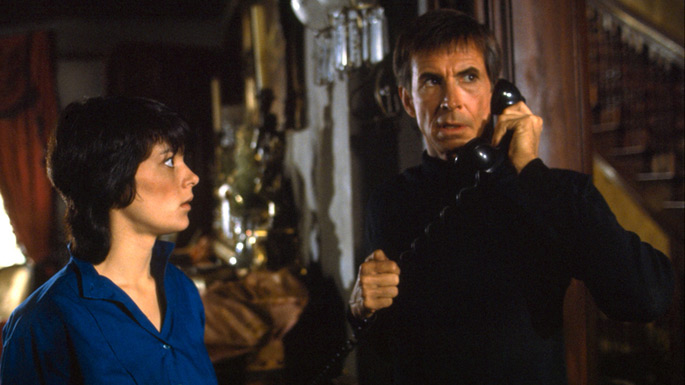
Gone are the psychological confusion and disguise of “Psycho”; Norman Bates is now cured and released from the mental institution to his own home with occasional flashbacks from his dead mother.
The first difference transparent: Norman Bates is not juggling with his mind and concealing the truth from the public, rather the public and media are well aware of his psychological condition. This takes away the surprise factor that was the highlight of the original film, now that both the spectator and neighbors know about the historical tendencies of Norman Bates. The sequel “Psycho 2” was a well-made movie with enough thrills which was well-received by the critics, but lacked the punch of the original film.